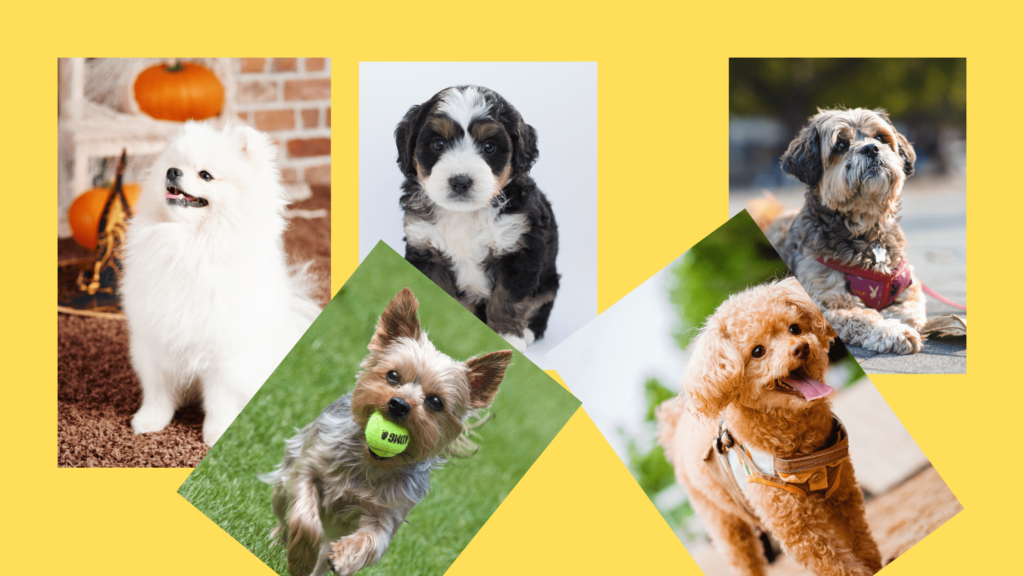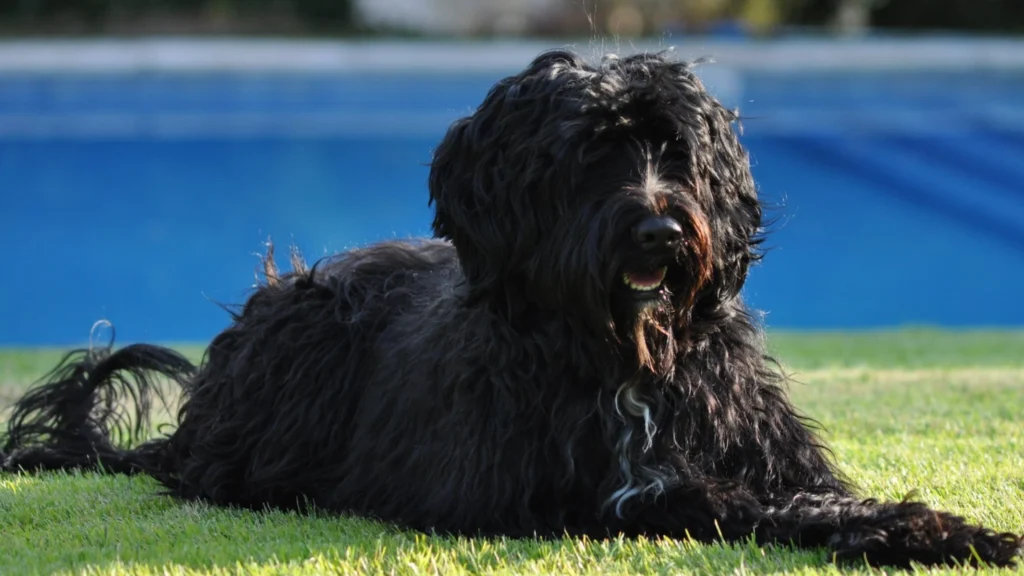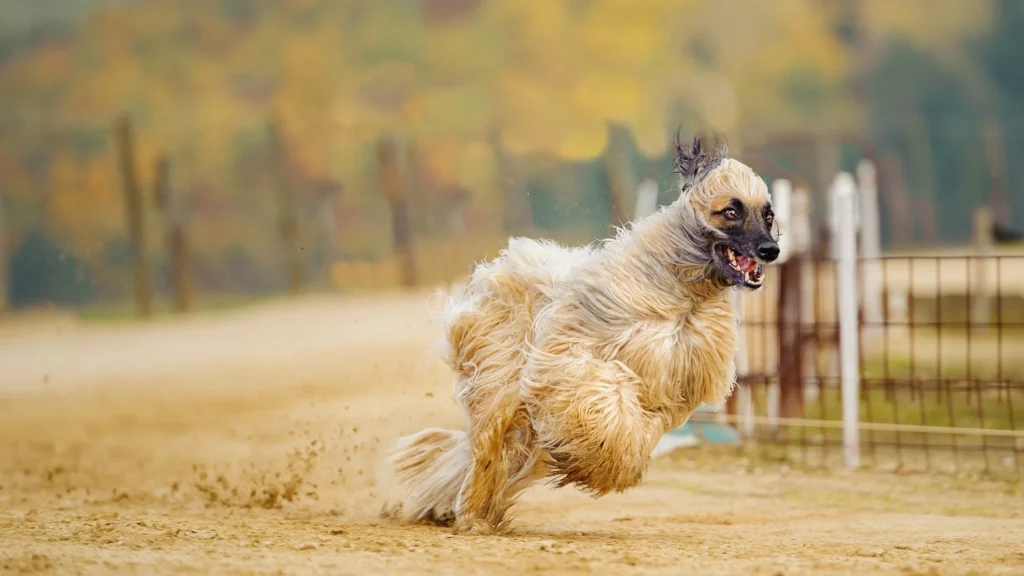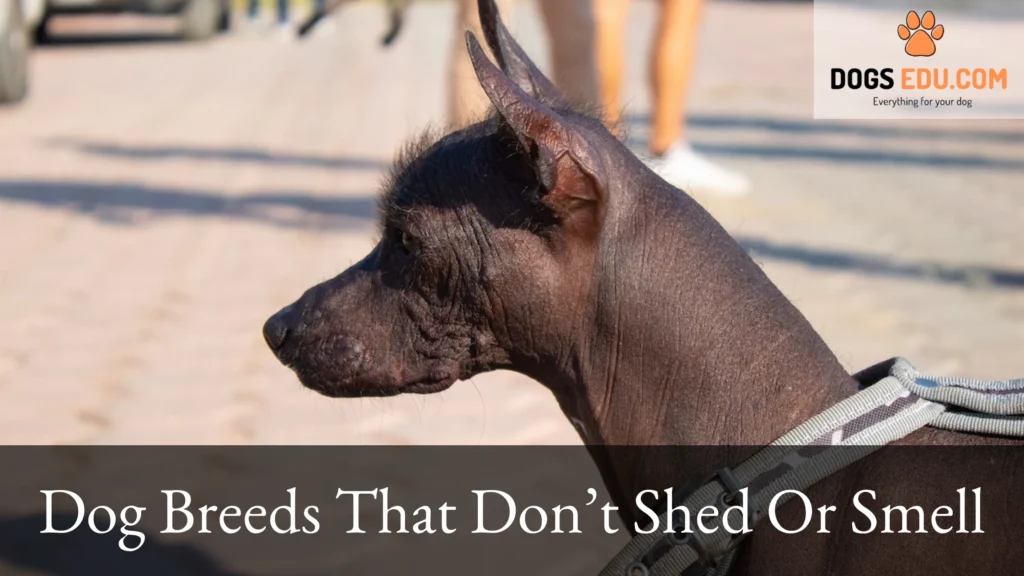
Introduction
Are you an allergy sufferer or someone with sensitivities who dreams of having a furry companion without the constant sneezing fits or unpleasant odors? Look no further! In this blog post, we will explore the wonderful world of dog breeds that don’t shed or smell, allowing you to find the perfect four-legged friend without compromising your well-being or the cleanliness of your home.
For many individuals, shedding and odor can pose significant challenges. Excessive shedding not only leads to the constant presence of dog hair on furniture and clothing but also contributes to airborne allergens that can trigger allergic reactions. Additionally, strong doggy odors can be a concern, affecting the overall freshness of your living environment.
Understanding the shedding process and factors contributing to doggy odors is essential in identifying breeds that can provide a solution to these issues. Moreover, recognizing the numerous benefits of low-shedding and odor-free dog breeds will help you appreciate the advantages they bring beyond just reduced allergens and a pleasant scent.
Join us as we embark on a journey to explore some of the top dog breeds that don’t shed or smell. From the adorable Bichon Frise to the elegant Portuguese Water Dog, these breeds offer both companionship and compatibility for individuals seeking a hypoallergenic and odorless canine companion.
Say goodbye to sneezing fits and unpleasant odors, and say hello to a world of furry friends that will bring joy and companionship without the shedding and smell concerns. Let’s dive into the world of low-shedding and odor-free dog breeds and discover the perfect match for you!
Understanding Shedding and Odor in Dogs
To truly appreciate the value of dog breeds that don’t shed or smell, it’s important to understand the shedding process and factors contributing to canine odors. Shedding is a natural and necessary part of a dog’s life, but its extent can vary significantly between breeds. Similarly, while all dogs possess a distinct odor, some breeds are less prone to producing strong or offensive smells.
Shedding occurs as a result of a dog’s hair growth cycle. Just like humans, dogs continuously grow and shed hair. However, the frequency and amount of shedding can differ based on several factors, including the breed’s coat type, genetics, and individual variations. Some breeds shed minimally, while others have a higher propensity to shed extensively throughout the year or during specific seasons.
Doggy odors, on the other hand, can stem from various sources. The primary factors contributing to canine odors include skin oils, sweat, and bacterial growth. Dogs naturally produce oils that keep their skin and coat healthy, but excessive oil production can result in a noticeable odor. Sweat, although minimal in dogs compared to humans, can also contribute to odor when combined with bacteria present on the skin.
Fortunately, several factors can help mitigate shedding and control odors in dogs. Selective breeding practices have led to the development of breeds that shed less or have hypoallergenic coats, making them suitable for individuals with allergies or sensitivities. Additionally, regular grooming, proper hygiene practices, and a healthy diet can contribute to minimizing shedding and controlling odors in all breeds.
By understanding the shedding process and the factors behind doggy odors, you can make informed choices when selecting a dog breed that aligns with your preferences and needs. In the next section, we will delve into the benefits of welcoming a low-shedding and odor-free dog into your life, bringing you closer to finding your perfect furry companion.
Benefits of Low-Shedding and Odor-Free Dog Breeds
Opting for a low-shedding and odor-free dog breed comes with numerous advantages beyond just reducing allergens and maintaining a pleasant-smelling home. Let’s explore the benefits that these special breeds bring to your life:
- Allergy and Sensitivity Relief: For individuals with allergies or sensitivities, low-shedding and odor-free dog breeds offer a wonderful solution. These breeds produce fewer allergens, such as dander, which is a common trigger for allergies. By choosing a breed that doesn’t shed excessively or have a strong odor, you can significantly reduce the likelihood of allergic reactions and enjoy a more comfortable living environment.
- Cleaner Living Spaces: By welcoming a low-shedding dog into your home, you can bid farewell to constantly battling dog hair on furniture, carpets, and clothing. With fewer loose hairs floating around, cleaning becomes more manageable, saving you time and effort. You’ll also notice a significant reduction in the need for frequent vacuuming and lint rolling, leading to cleaner and tidier living spaces.
- Improved Indoor Air Quality: Excessive shedding can contribute to a buildup of airborne allergens, affecting the overall air quality in your home. By choosing a low-shedding breed, you can minimize the presence of these allergens and create a healthier indoor environment. This is particularly beneficial for individuals with respiratory issues or asthma.
- Reduced Grooming Requirements: Dogs that don’t shed or have minimal shedding often require less frequent grooming. While regular grooming is still essential for maintaining coat health and overall cleanliness, the amount of time and effort spent on brushing and dealing with shedding-related issues is significantly reduced. This means fewer trips to the groomer and more time for enjoyable activities with your furry companion.
- Odor-Free Environment: One of the less desirable aspects of owning a dog can be dealing with persistent doggy odors. However, low-shedding and odor-free breeds tend to have coats and skin that produce fewer oils, resulting in a milder or even undetectable scent. This can lead to a fresher-smelling home and less need for deodorizing sprays or candles.
- Compatibility with Allergic Family Members or Guests: If you have family members, friends, or guests who suffer from allergies or sensitivities, having a low-shedding and odor-free dog breed allows them to visit and spend time in your home without discomfort or health concerns. It opens up opportunities for everyone to enjoy the presence of a furry friend without compromising anyone’s well-being.
By opting for a dog breed that doesn’t shed or smell, you can enhance your overall living experience and enjoy the benefits of having a canine companion without the drawbacks often associated with shedding and odors. In the next section, we will delve into the top dog breeds that fulfill these criteria, helping you find the perfect match for your lifestyle and preferences.
Top Dog Breeds That Don’t Shed or Smell
Bichon Frise:
As mentioned earlier, the Bichon Frise is a popular choice for those seeking a low-shedding and odor-free breed. Their fluffy, hypoallergenic coat and minimal shedding make them an excellent option for individuals with allergies or sensitivities.
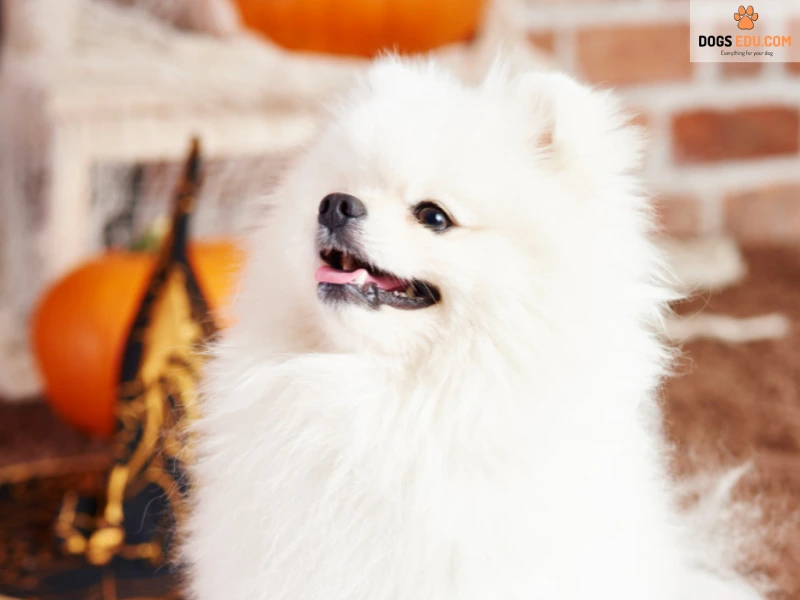
Portuguese Water Dog:
Known for their intelligence and athleticism, Portuguese Water Dogs are not only hypoallergenic but also have a coat that doesn’t produce a strong odor. Their dense, curly or wavy coat requires regular grooming to prevent matting and maintain its cleanliness.
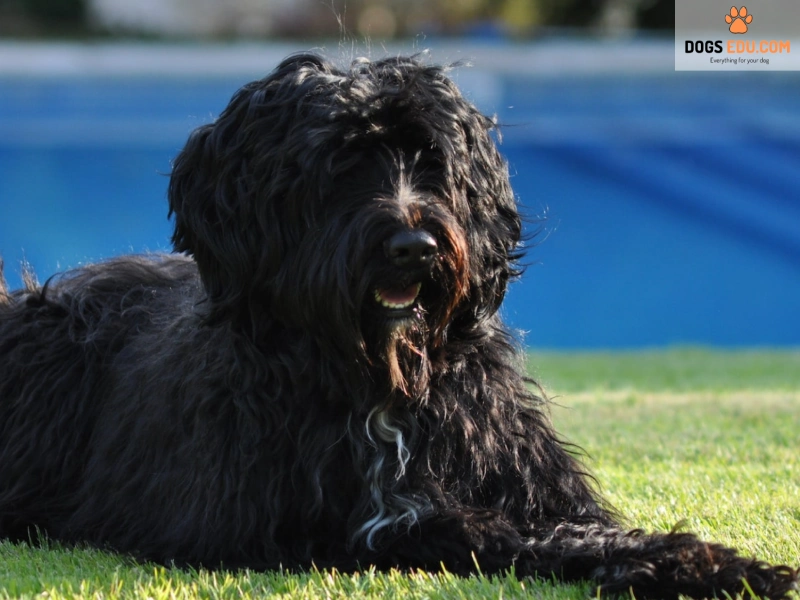
Basenji:
This unique and ancient breed hailing from Africa is known for its exceptional cleanliness. Basenjis have short, fine coats that require minimal grooming and shed very little. Moreover, they are known for being virtually odorless, making them a great choice for those seeking a dog without a distinct doggy smell.
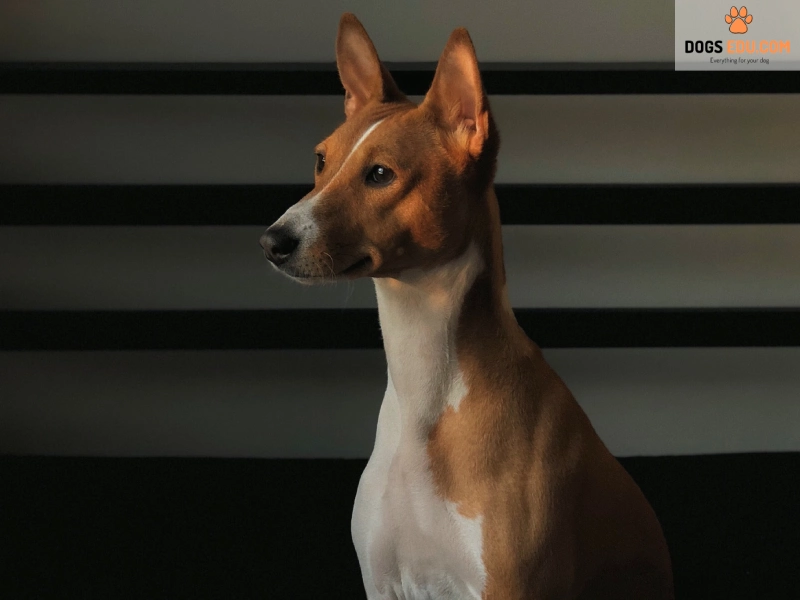
Maltese:
The Maltese is a small and elegant breed with a long, silky white coat. Despite their luxurious appearance, Maltese dogs shed minimally and have an odorless coat. Regular grooming is necessary to keep their coat tangle-free and maintain their stunning appearance.
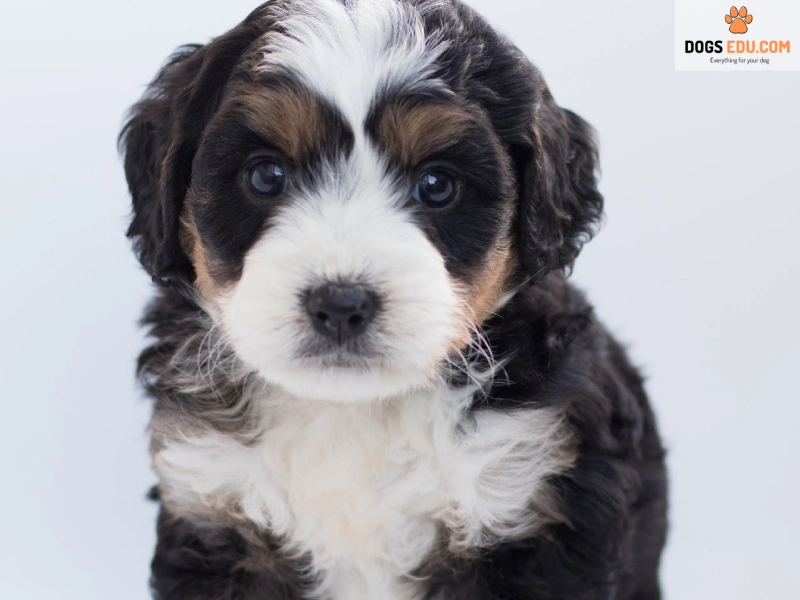
Xoloitzcuintli (Mexican Hairless Dog):
As the name suggests, the Xoloitzcuintli, or Xolo for short, is a hairless breed. With no fur to shed and minimal oil production, they are an ideal choice for individuals with allergies or those seeking a dog with little to no shedding and odor. They do require sunscreen and protection from extreme temperatures due to their lack of fur.
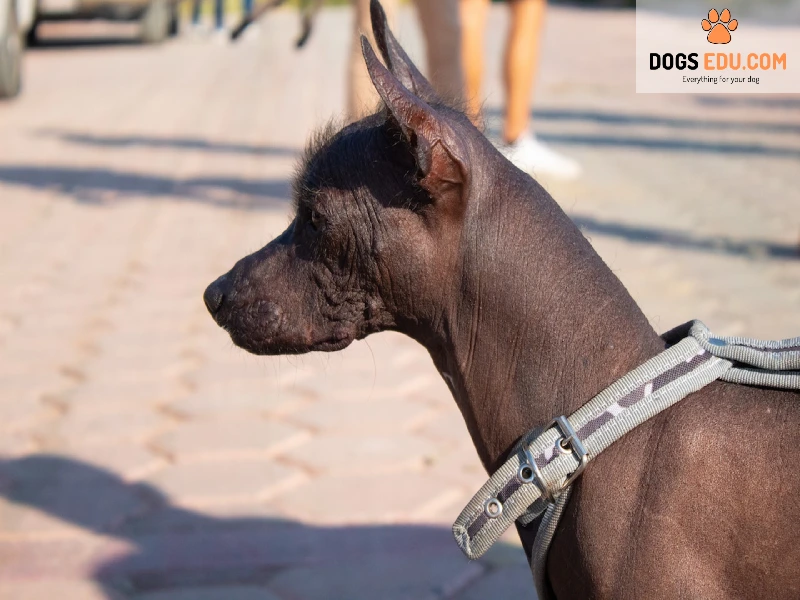
These are just a few examples of dog breeds that are known for their low-shedding and odor-free qualities. It’s important to note that individual dogs within a breed may vary, and regular grooming and hygiene practices are still necessary to maintain a clean and pleasant environment. When considering a specific breed, it’s always recommended to spend time with the dog or consult with breeders to ensure compatibility with your lifestyle and specific needs.
Factors to Consider When Choosing the Right Dog
Finding the perfect dog goes beyond just selecting a breed that doesn’t shed or smell. It’s important to consider several factors to ensure the dog’s temperament, energy level, and overall compatibility with your lifestyle. Here are some key factors to consider when choosing the right dog:
- Size: Dogs come in various sizes, from small toy breeds to large breeds. Consider the space you have available in your home, as well as your ability to provide exercise and meet the specific needs of different-sized dogs. Smaller dogs may be better suited for apartment living, while larger dogs may require a spacious yard.
- Energy Level: Different breeds have different energy levels. Some dogs are highly energetic and require significant exercise and mental stimulation, while others are more laid-back and content with moderate exercise. Consider your activity level, available time for exercise, and your ability to meet the energy needs of the dog you’re considering.
- Lifestyle Compatibility: It’s important to choose a dog that fits well with your lifestyle. Some dogs thrive on constant companionship and may not do well if left alone for long periods. Others are more independent and can handle being alone for longer periods. Consider your work schedule, social activities, and family commitments to ensure you can provide the necessary time and attention to your canine companion.
- Allergies and Sensitivities: If you or someone in your household has allergies or sensitivities, it’s crucial to choose a breed that is hypoallergenic or has minimal shedding. Consider the specific allergens that trigger reactions and research breeds that are known to be suitable for allergy sufferers.
- Temperament and Personality: Dogs have different temperaments and personalities, and it’s essential to find a dog whose traits align with your preferences. Some breeds are known for being outgoing and friendly, while others may be more reserved or protective. Research breed characteristics and spend time with individual dogs to get a sense of their temperament and whether it matches your expectations.
- Training and Socialization: Some breeds are naturally more trainable than others. If you’re a first-time dog owner or prefer a dog that is easier to train, consider breeds that are known for their trainability and intelligence. Additionally, proper socialization is crucial for all dogs to ensure they grow up to be well-adjusted and friendly companions.
- Lifespan and Health Considerations: Dogs have varying lifespans, with larger breeds typically having shorter lifespans than smaller breeds. It’s important to consider the potential health issues associated with certain breeds and be prepared for any specific care requirements they may have.
By considering these factors, you can narrow down your options and find a dog that not only fits your preferences for shedding and odor but also complements your lifestyle, personality, and overall well-being. Remember, owning a dog is a long-term commitment, and finding the right match will contribute to a fulfilling and rewarding human-canine relationship.
Maintaining a Clean and Pleasant Environment
While choosing a dog breed that doesn’t shed excessively or produce strong odors can help in maintaining a clean and pleasant environment, there are additional steps you can take to ensure cleanliness and freshness in your home. Here are some tips:
- Regular Grooming: Regardless of the breed, regular grooming is essential to keep your dog’s coat clean and healthy. Brush your dog’s coat regularly to remove loose hair and prevent matting. This not only helps reduce shedding but also minimizes the presence of hair around your home. Additionally, consider professional grooming as needed to maintain your dog’s coat and overall cleanliness.
- Bathing: Regular bathing helps keep your dog’s coat and skin clean, reducing the likelihood of odors. Use a mild, dog-friendly shampoo and follow the recommended bathing frequency for your specific breed. Over-bathing can strip the natural oils from your dog’s skin, so find a balance that keeps them clean without drying out their skin.
- Dental Care: Proper dental care is crucial for maintaining your dog’s oral health and reducing any unpleasant odors associated with dental issues. Brush your dog’s teeth regularly with a dog-specific toothbrush and toothpaste recommended by your veterinarian. Dental chews and toys can also help in keeping their teeth clean and their breath fresh.
- Clean Bedding and Toys: Wash your dog’s bedding, blankets, and toys regularly to prevent the buildup of dirt, bacteria, and odors. Use pet-safe laundry detergent and follow the manufacturer’s instructions for cleaning. This helps maintain a fresh and hygienic environment for both your dog and your home.
- Vacuuming and Cleaning: Regular vacuuming is important to remove any dog hair or dander that may accumulate on floors, carpets, and furniture. Use a vacuum cleaner with a HEPA filter to effectively trap allergens. Additionally, clean surfaces, such as countertops and furniture, with pet-safe cleaning products to eliminate any lingering odors or bacteria.
- Proper Waste Management: Ensure proper waste management by promptly cleaning up after your dog both indoors and outdoors. Regularly empty and clean your dog’s litter box or designated potty area. When taking your dog for walks, bring waste bags to pick up their droppings. This helps maintain cleanliness and prevents unpleasant odors.
- Air Circulation: Good air circulation can help eliminate stagnant odors and improve overall freshness in your home. Open windows, use fans, or consider air purifiers with activated carbon filters to help remove pet odors and improve indoor air quality.
- Healthy Diet: A balanced and nutritious diet plays a role in your dog’s overall health, which can impact their coat condition and body odors. Consult with your veterinarian to ensure your dog is receiving the right nutrients and dietary recommendations.
Remember, regular maintenance and cleanliness practices are essential for a clean and pleasant environment. By incorporating these tips into your routine, you can create a welcoming and hygienic space for both you and your furry friend to enjoy together.
Conclusion
Choosing a dog breed that doesn’t shed excessively or produce strong odors can greatly contribute to maintaining a clean and pleasant environment in your home. Low-shedding and odor-free breeds offer several benefits, such as reduced allergens, cleaner living spaces, improved indoor air quality, and compatibility with allergic family members or guests. Breeds like the Bichon Frise, Portuguese Water Dog, Basenji, Maltese, and Xoloitzcuintli are examples of dogs that fulfill these criteria.
However, it’s important to consider other factors when choosing the right dog for you. Factors such as size, energy level, lifestyle compatibility, allergies, temperament, and training should all be taken into account. By considering these factors and finding a dog that suits your preferences and lifestyle, you can ensure a harmonious and fulfilling relationship with your canine companion.
Maintaining a clean and pleasant environment with your dog involves regular grooming, bathing, dental care, cleaning bedding and toys, proper waste management, regular vacuuming, and promoting air circulation. Additionally, providing a healthy diet and following good hygiene practices will contribute to a fresh and hygienic living space for both you and your dog.
Remember, owning a dog requires commitment and responsibility. By incorporating these practices into your routine, you can create a comfortable and enjoyable environment that allows you to fully enjoy the companionship of your four-legged friend while keeping your home clean and fresh.
Read More:

